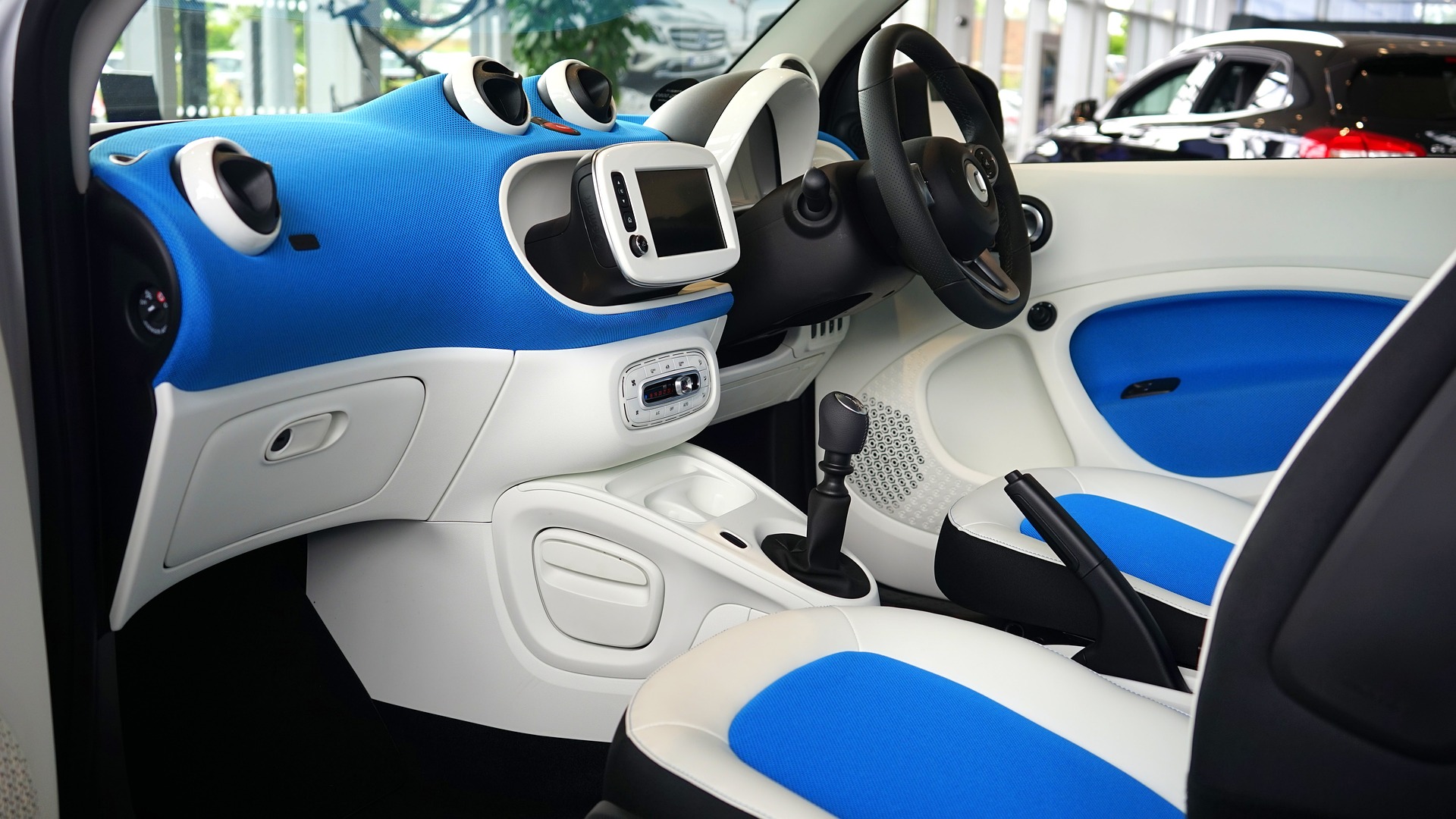"Riding the Wave of Hydrogen Fuel Cell Vehicles: An In-depth Look"
Introduction: Amidst the clamour for greener alternatives, Hydrogen Fuel Cell Vehicles (HFCVs) are gaining momentum. These vehicles, powered by the most abundant element in the universe, promise a unique blend of eco-friendliness and performance. But how do they work, and what does their future look like in the automotive world?

Hydrogen Fuel Cells: A Brief History
The concept of using hydrogen as a fuel source is not new. In fact, it dates back to the 19th century when Sir William Robert Grove, a Welsh scientist, invented the first fuel cell. However, it was only in the mid-20th century that General Motors developed the Electrovan, the first-ever hydrogen fuel cell vehicle. Despite its groundbreaking technology, the Electrovan was deemed impractical due to the exorbitant costs associated with hydrogen storage and the lack of refuelling infrastructure.
How Do Hydrogen Fuel Cell Vehicles Work?
HFCVs work by converting the chemical energy of hydrogen and oxygen into electrical energy. The process begins when hydrogen gas is fed into the anode side of the fuel cell. Here, a platinum catalyst splits the hydrogen atoms into protons and electrons. The protons pass through a proton exchange membrane, while the electrons are forced to travel around it, creating an electrical current that powers the vehicle’s motor. The only byproduct of this reaction is water, making HFCVs an incredibly clean mode of transportation.
The Current State of HFCVs
Today, several automakers, including Toyota, Honda, and Hyundai, have hydrogen fuel cell vehicles in their lineups. These vehicles are especially popular in regions like California, where hydrogen refuelling infrastructure is more developed. However, the high cost of producing hydrogen fuel cells and the lack of widespread infrastructure continue to present challenges.
The Future of Hydrogen Fuel Cell Vehicles
Despite these challenges, many experts believe that HFCVs have a bright future. Researchers are exploring ways to produce hydrogen more efficiently and sustainably. Meanwhile, governments around the world are investing in hydrogen infrastructure. For instance, Japan has committed to becoming a “hydrogen society” by 2050, and plans to have 900,000 HFCVs on the road by that time.
Impact on the Automotive Industry
The rise of hydrogen fuel cell vehicles could significantly impact the automotive industry. If hydrogen becomes a mainstream fuel source, it could disrupt the oil industry while contributing to the reduction of greenhouse gas emissions. Furthermore, HFCVs could offer a complementary solution to battery electric vehicles, providing a longer driving range and shorter refuelling times.
In conclusion, while HFCVs face significant challenges, their potential benefits make them an intriguing area of development in the automotive world. As the industry continues to evolve, it will be fascinating to see how this promising technology unfolds.




